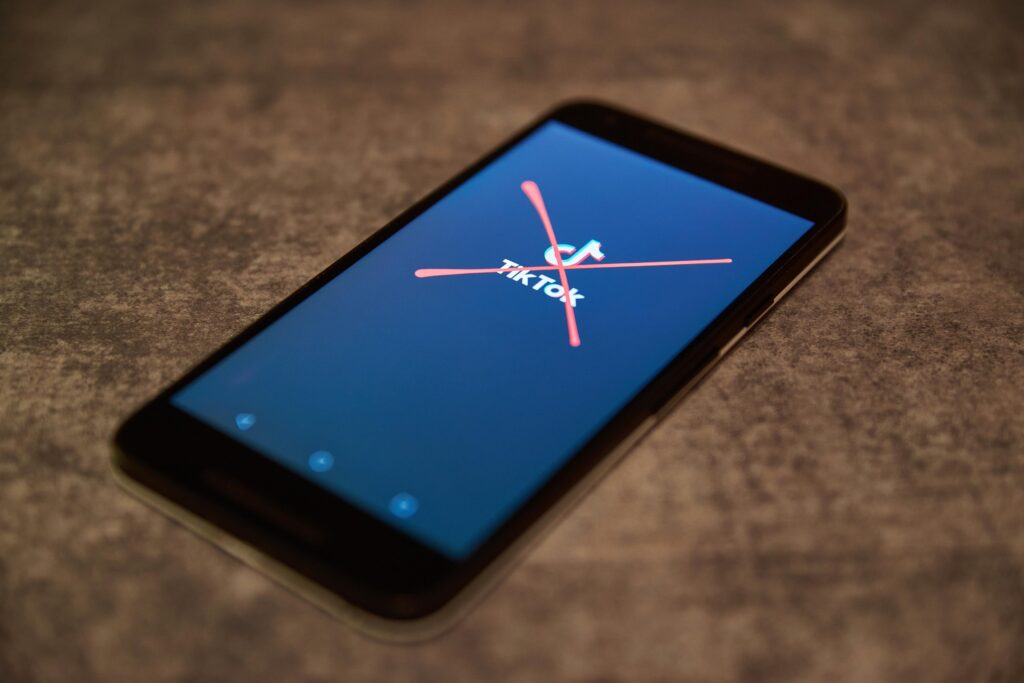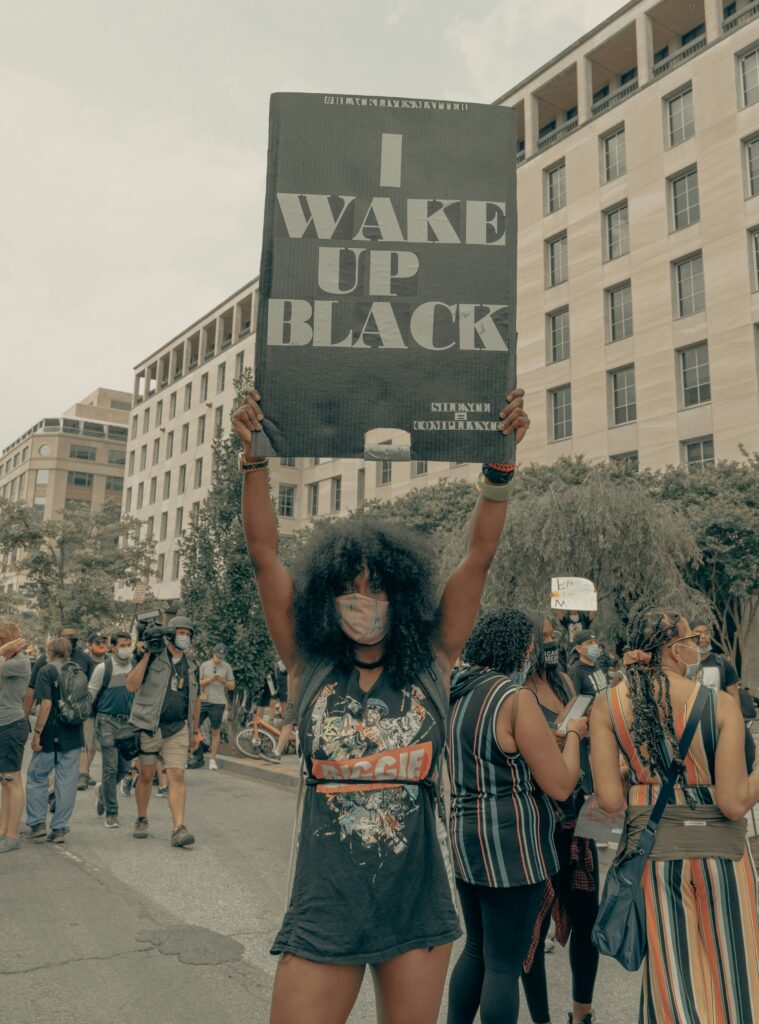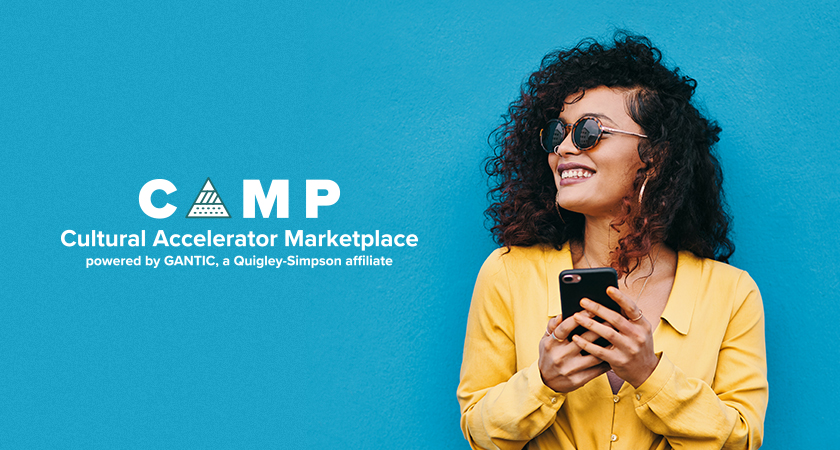— by Daniel Quentin Zuber
In Part 1 of this series, we talked about how to mint your first NFT. Now, how do you get people to engage? Even though there’s a lot of excitement about crypto, blockchain, and Web 3, the mere act of minting an NFT will not generate the attention needed for a successful activation. A solid marketing plan is key.
Start by being clear about your goals
With all the buzz around NFTs, it’s easy to jump into the ecosystem without ever stopping to ask yourself, “Why are we doing this?” Having a clear picture of your desired outcome will help guide you through the many decisions you’ll need to make along the way.
Unlike individuals, most brands do not release NFTs to generate revenue for themselves. Some of the most successful drops by brands have had goals like:
Generating earned media by capitalizing on the buzz of the ecosystem
Connecting with younger, tech-savvy audiences
Offering new experiences for customers
Generating revenue for charitable causes associated with the brand
Ground yourself in authenticity
The most successful NFT drops are also the ones that are authentic to the brand and relevant to their audience. For example, Macy’s recent NFT activation did very well for two reasons:
1. They have an audience interested in being part of the latest fashionable trends and movements.
2. They built the NFT around an existing brand staple, the Macy’s Thanksgiving Day Parade, which has always stood for pop culture and innovation.
Think about how familiar and comfortable your audience is with NFTs, how your NFT can add real value to their lives, and how you can represent something true to your brand’s values.
To learn more about the Macy’s NFT activation, visit: https://www.adweek.com/brand-marketing/modernizing-traditional-approaches-macys-enters-the-nft-game/
Invest in education
While more and more people have heard of NFTs, most of the world is still pretty foggy on the actual process of acquiring one. Not knowing where to get information (or being embarrassed to ask questions) can stop people from engaging with an NFT activation. It’s important to educate your audience. Pepsi and Macy’s put up simple Q&A microsites. The WWE tapped their talent pool to create explainer videos. It’s also a good idea to make sure your social moderation team can answer questions about NFTs.
Consider working with an established NFT artist
An NFT artist who already has an engaged following, and who can attract attention on their own, is one of the best ways for a brand to get noticed in the space. It also helps you create positive sentiment in the NFT community. As Erick Calderon, the founder/CEO of Art Blocks Inc., said, “Support the ecosystem before you take from the ecosystem.”
Make sure the artist you use is relevant to your audience and aligns with your brand values—while being able to demonstrate a significantly large and active following.
Tap into your existing social audiences
You’ve probably heard that Discord is the best place to drive attention for NFT drops. If you already have an audience there, it’s a great place to market. But if your brand has never been active on Discord, it can take a long time to build a community. It’s better to stick to the platforms where you’ve already built a following. Many NFT artists have become successful through Twitter and Instagram alone.
Your messages should do more than simply tell people you have an NFT available. You should also go into the reason why it matters to your audience and your brand. Once again, ground everything you do in authenticity.
Support with paid media and PR
There’s a lot of clutter in the NFT space. It’s easy for any organic message to be lost. Plus, you’re competing for attention with artists who live and breathe social better than most brands. Sure, your NFT drop might go viral. But don’t build your marketing plan around that expectation. Be sure to invest in paid social and PR to make sure your audience knows what you’re doing in the NFT ecosystem.
Put it all in a brief
A well-written brief can help focus the NFT artist, inspire innovative thinking, and make the drop more successful. It can also help you answer some potentially confusing and frustrating questions that come up in the minting process:
How many of each NFT do you want to mint? For brands, it’s important to make sure there are enough NFTs available for everyone in your audience who wants one, as well as something rare for more passionate collectors. Macy’s offered 9,500 free NFTs and the opportunity to buy a handful of rare ones.
Are you selling at a fixed price or as an auction? If your audience is new to NFTs, a fixed price is a better option. They simply go to your marketplace and purchase it. For audiences who are more experienced with NFTs, an auction adds a bit more fun and excitement.
What is the lowest price you’ll accept? If your main goal is to drive awareness or interest in your brand, it’s best to offer a good amount of NFTs for free. If you’re adding a rare one and you’re new to the market, set the price at the average your artist is getting for their original work. If you’re not using an established artist, look at what similar brands are getting for their NFTs and set the price at the low.
Do you want to mint on the Ethereum or Polygon blockchain? If you’re planning on selling your NFTs on auction, your only choice is to use Ethereum. Using Polygon saves you gas fees but also adds another step for your customers, who will need to configure their crypto wallets to transact with Polygon. However, more and more creators are using Polygon, so this is becoming less of an issue.
Manage expectations
NFTs are still very new territory and prone to wild crypto value fluctuations and rapidly changing trends. So don’t hinge the success of a campaign strictly on NFTs. Right now, it’s really more about establishing yourself early in an emerging scene that is sure to evolve and grow.
Daniel Quentin Zuber, Associate Creative Director, has worked on some of the largest global brands while also being active in the electronic music scene as a DJ, performer, and producer. He was part of a team developing one of the first immersive VR music experiences and has also released a collection of NFTs. Under the handle @therealquentinZ, he’s an influencer in trance music, cyberpunk, and vaporwave culture on Instagram and TikTok.







